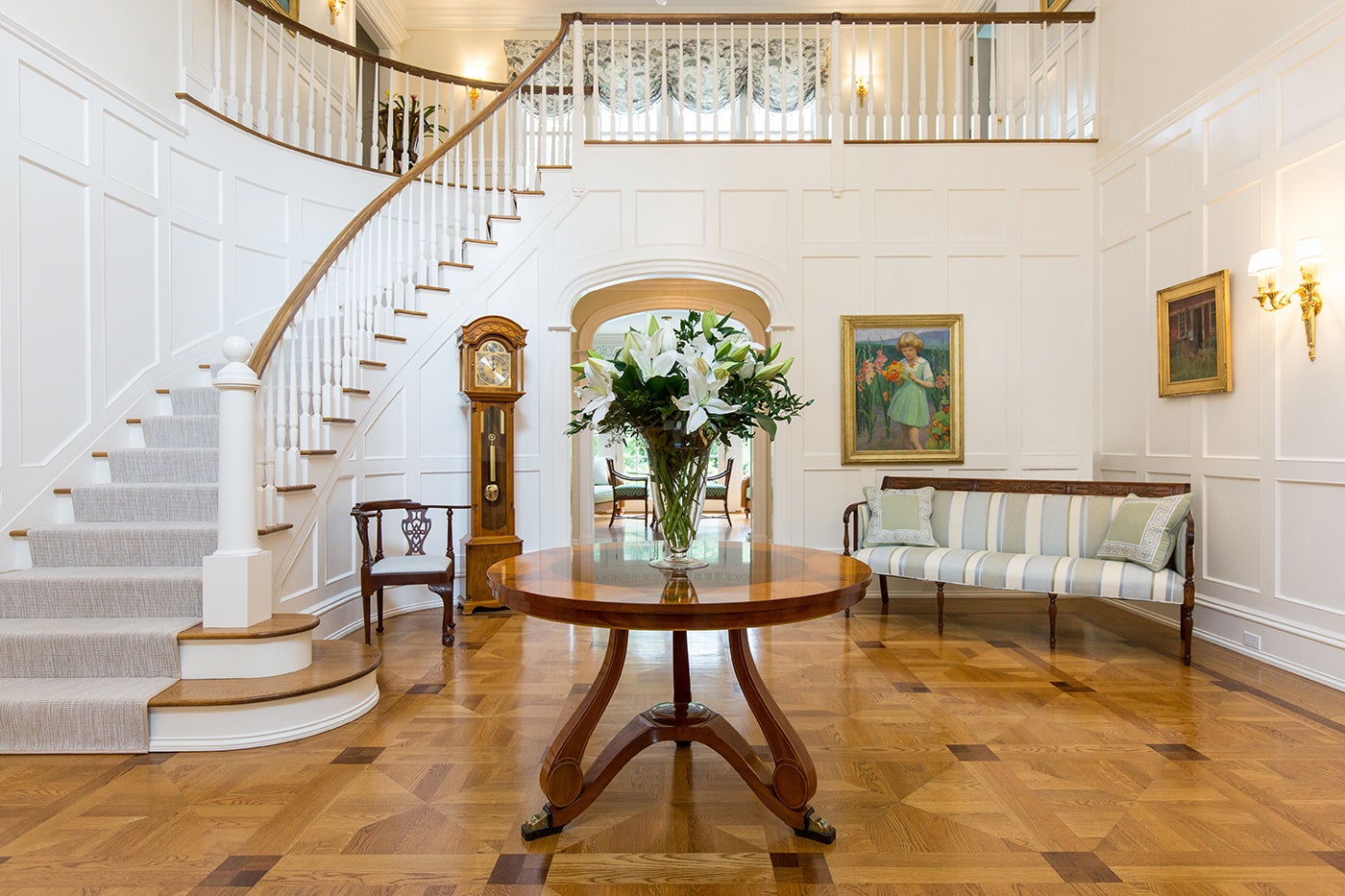It may be business, but when a client tries to negotiate a designer’s price, it can often indicate a lack of understanding of the value being provided—and dredge up unwelcome feelings. That’s why we asked four designers—Katharine Rhudy, Amber Guyton, Melinda Trembly and Christine Vroom—how they react when a client challenges their pricing.

Give & Take
“Once, early in my career, a young financier and his wife asked to negotiate my hourly and cost-plus fees. I made a slight adjustment to my markup, and as a result, I had the privilege of completing designs for their main residence and two vacation homes. Since that time, I have never negotiated pricing. I am completely transparent concerning contracts, fees, up-charges, pricing and invoicing. Nothing is ordered without the full approval of the client and their knowledge of the total cost. If an item is not approved, I search for something in keeping with the client’s needs and expectations. I find that being upfront and transparent about cost is the best way to build positive, lifelong client relationships and take the guesswork out of (often confusing) interior design fees.” —Katharine Rhudy, Reed & Acanthus Interior Design, New Orleans

Haggle-Free
“As an e-designer, I offer a flat rate per space based on the scope of the project, and an hourly rate for any additional shopping and staging. In the past, I’ve had potential clients compare my rates to full-service interior designers, e-design programs and other designers. Once you have the experience and confidence to stand your ground, you’re OK telling those potential clients no, asking them to consider executing their design in phases to meet their budget or just wishing them well [and moving on]. If a potential client is trying to haggle, they probably can’t afford my rates or the additional furniture, decor and contracting, either, and that is a preview of a rough client relationship. I also want to work with clients that don’t just love my work, but also see my value and respect what I bring to the table. That means paying my rates. The price is the price. Period.” —Amber Guyton, Blessed Little Bungalow, Atlanta

Discount Dilemma
“I typically run into two types of clients: those that value what I bring to the table and trust me to be the expert—those that are happy to pay for high-level services and product—and those that second-guess themselves at every decision. They don’t trust themselves enough to trust me, which inevitably runs into extra time and costs. Those are the clients who tend to come to me with unrealistic expectations, including pricing. In the past, I have taken these clients on, wanting to ‘help.’ Sometimes they come to us as friends of friends and I have offered a friends and family discount. What I have learned, however, is that when I discount my work, in their mind I discount what I do, and that tends to lead to discussions on further negotiating discounts or purchasing. When that happens, I refer back to our contract and our processes. As a designer, I am no longer ‘helping.’ Our client screening process is constantly being revised, and I am getting much better at noticing red flags and passing on those clients. For our part, we have a responsibility to be crystal clear [about what design costs] and educate potential clients about our services and process.” —Melinda Trembly, Rincon Road Design Studio, Carpinteria, California

Wiggle Room
“My fees are for an estimated number of hours based on the plans, the project scope, square footage, and if we will continue into full furnishings and accessories. After those estimated hours are spent, the hourly [fee] kicks in. One particular client was concerned about overage in hours and wanted to negotiate a slightly higher rate to cover any overage in hours. We went back and forth on this because, from my standpoint, I’d just met them and couldn’t yet tell if they were decision-makers or what their style of communication was. I wanted to stay true to my contract to protect myself from a [situation where I was working an] excessive amount of overage without being compensated; from their point of view, they didn’t want a false estimate with a high, unexpected ticket at the end. We came up with a fair agreement on the final rate, including a ‘do not exceed’ that would protect us both. It was a win-win! And that’s always the goal: to protect the company, myself and my team, but to also keep my clients happy and satisfied. I always try to show them that I’m willing to be flexible because I care not only for the project, but for them.” —Christine Vroom, Christine Vroom Interiors, Palos Verdes Estates, California
Homepage image: Katharine Rhudy opts for a traditional aesthetic in this dramatic entryway | Ann Ruthmann Photography





























